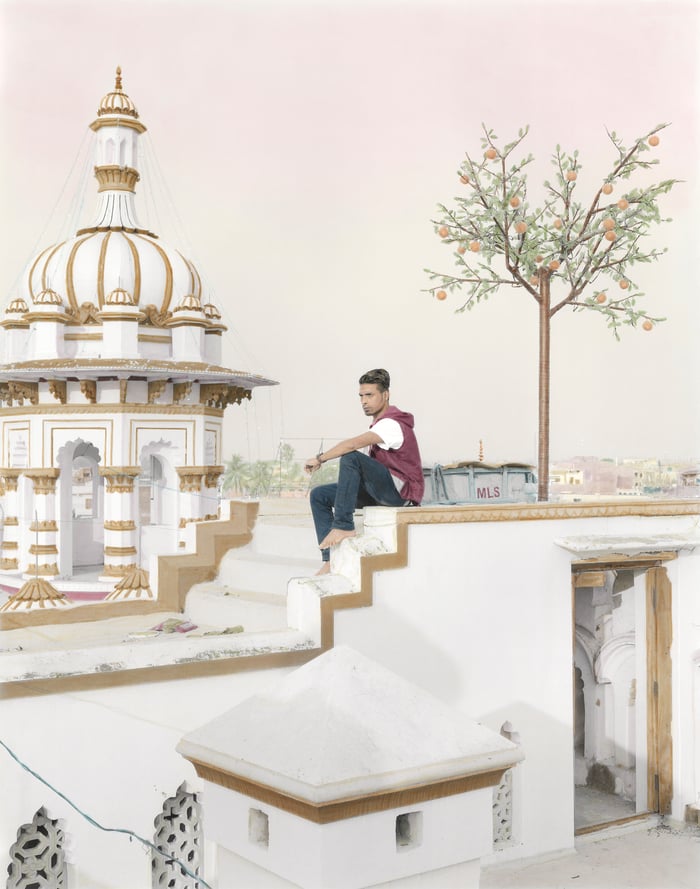With the aim of supporting and promoting contemporary creation, the Musée de l’Elysée presents the first exhibition in a museum institution of Vasantha Yogananthan’s project A Myth of Two Souls.
With the aim of supporting and promoting contemporary institutional creation, the Musée de l’Elysée is presenting the first personal exhibition in a museum institution of Vasantha Yogananthan’s project A Myth of Two Souls. Born in 1985, a self-taught French photographer, Vasantha Yogananthan belongs to a generation that likes to blur the lines between fiction and reality. This series was inspired by the Ramayana, a fundamental epic poem from Hindu mythology written in Sanskrit somewhere between the 3rd century BCE and the 3rd century CE. Constantly updated, the Ramayana can be seen by Western readers as an invitation to understand India beyond mere exoticism.
For almost four years, Vasantha Yogananthan made regular trips to India and Sri Lanka to complete his project, the greater part of the seven chapters of which are exhibited together for the first time. A specific area for each chapter is set up on the lower level of the Musée de l’Elysée, creating a particular atmosphere specific to each of the stylistics called upon by the artist to develop his story in seven stages. While the first few rooms –and indeed, chapters–are relatively traditionally laid out, exhibiting framed prints on the wall, the following rooms make it possible to showcase alternative systems of exhibiting, such as screening, paperhanging and installation.
The artist indeed develops different aesthetic treatments and explores, or takes a fresh look at, ancestral techniques. This is particularly true for the inaugural section of A Myth of Two Souls, made up of black and white photographs taken with a view camera and then coloured by hand by an Indian painter in keeping with the 19th century tradition before the advent of colour film. Vasantha Yogananthan reclaims this technique while at the same time modernising it, taking his photographs outside the studio and using passers-by as actors. The field of domestic portraits is thus expanded to cover society as a whole – with no class distinction – as well as the entire land, from huge cities to the depths of the countryside.
Curation: Vasantha Yogananthan and Lydia Dorner, Musée de l’Elysée, in collaboration with the Studio Kummer & Herrman

